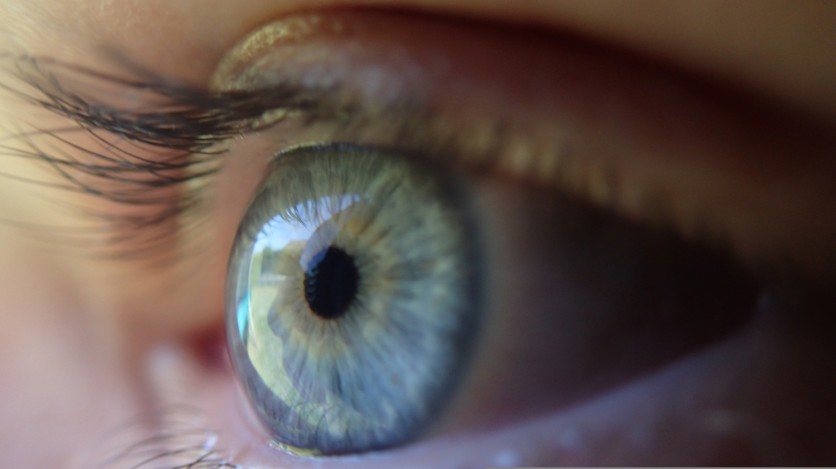Scientists developed mini eyes drawn from human cells in the lab to investigate disorders that cause blindness and potentially find treatments for them.

3D Mini Eyes
Organoids, or the 3D mini eyes, were created using stem cells derived from skin samples supplied by the children's hospital Great Ormond Street (GOSH).
In a healthy eye, rod cells that detect light are placed in the retina - a crucial area for processing images.
The new study, which was published in the journal Stem Cell Reports, discovered that it is feasible to train rod cells to arrange themselves into layers that resemble those in the retina, creating a miniature eye.
This could be an important development since earlier research using animal cells could not mimic the same type of visual loss seen in Usher syndrome, according to the research team.
Usher syndrome is the most prevalent hereditary cause of combined deafness and blindness. It affects three to ten in every 100,00 people globally.
Children with Type 1 Usher syndrome frequently have substantial hearing loss at birth, and by adulthood, they become blind.
There are presently no treatments for retinitis pigmentosa, which results in vision loss in Usher syndrome, even though cochlear implants can aid with hearing loss, as per the research team.
Even though the research is in its early phases, the team hopes that the efforts they have taken to understand the problem better and how to develop a therapy will prevent sight loss in patients in the future.
Read also : Robotic Skeleton Grows Stretchable Human Cells! Can The New Tissue Engineering Method Help Patients?
Small Biopsy of Skin
The patient's retina is made up of inaccessible, microscopic nerve cells that are delicately positioned toward the back of the eye and intricately connected, according to the study's first author, Dr. Yeh Chwan Leong of the University College London's Great Ormond Street Institute of Child Health.
"By using a small biopsy of skin, we know have the technology to reprogramme the cells into stem cells and then create lab-grown retina with the same DNA, and therefore same genetic conditions, as our patients," the first author said in a press release statement.
Scientists can now investigate light-sensing cells from the human eye at an individual level and in greater detail than ever before. Thanks to the miniature eyeballs created in this research.
The team was able to compare the healthy cells with those that would result in blindness since the mini eyes are grown from donated cells of patients both with and without the genetic "fault" that causes Usher syndrome.
Understanding these variations may help identify changes in the eye before a child's eyesight starts to degrade and the ideal areas to target for early intervention.
This article is owned by Tech Times
Written by Jace Dela Cruz
ⓒ 2025 TECHTIMES.com All rights reserved. Do not reproduce without permission.




